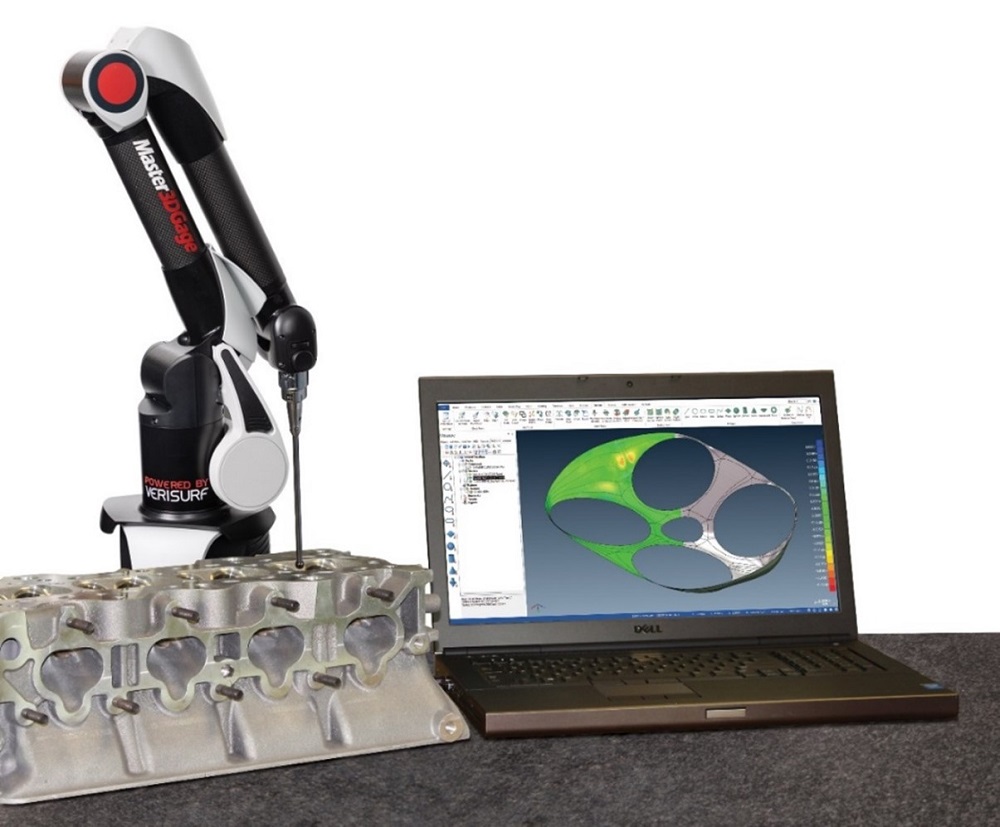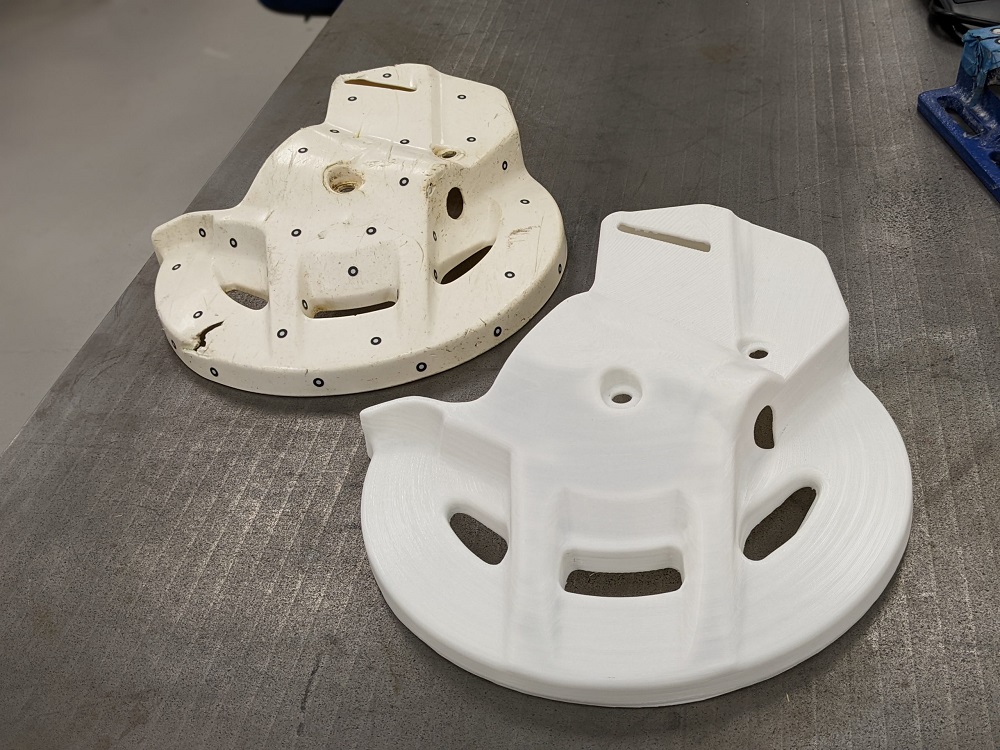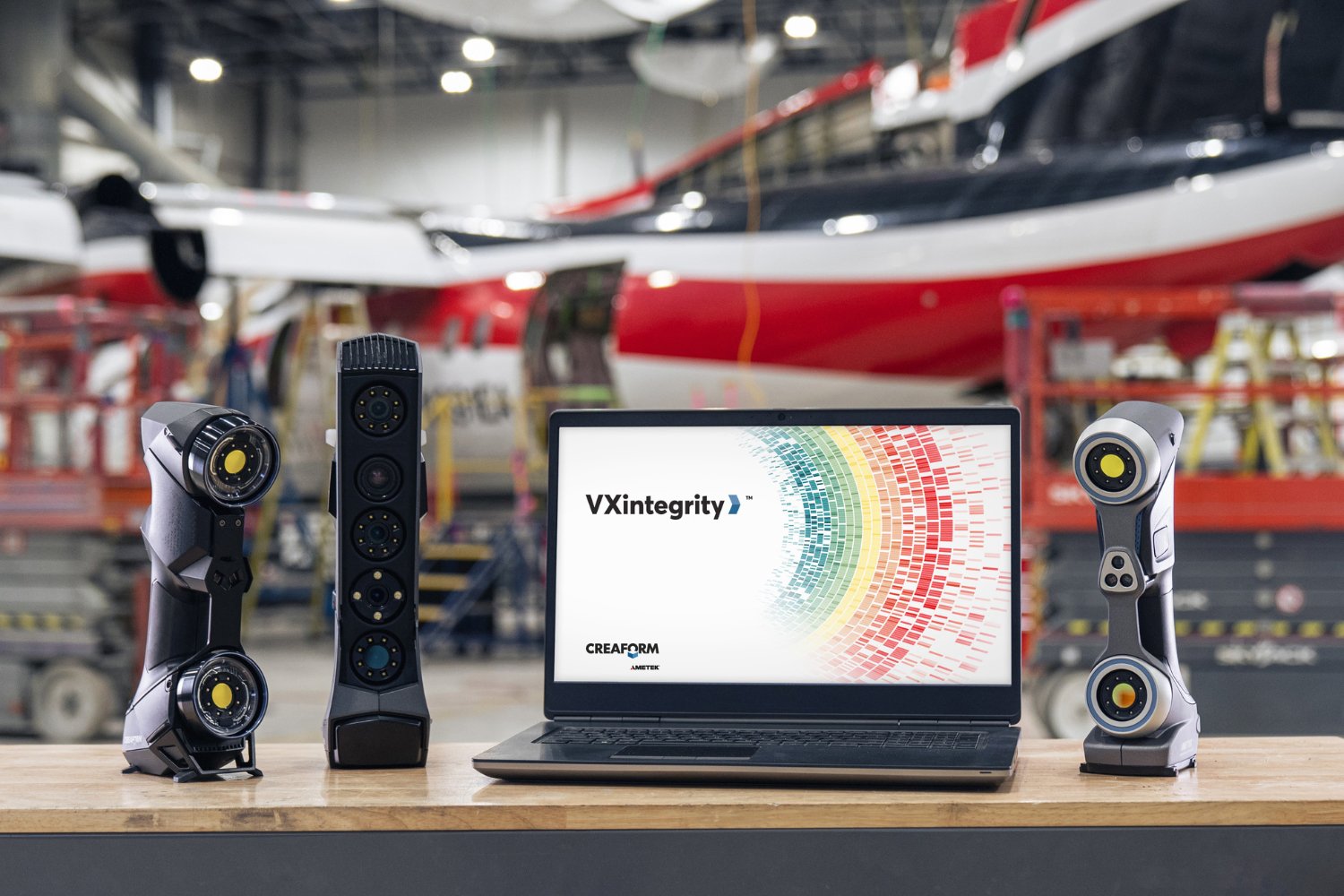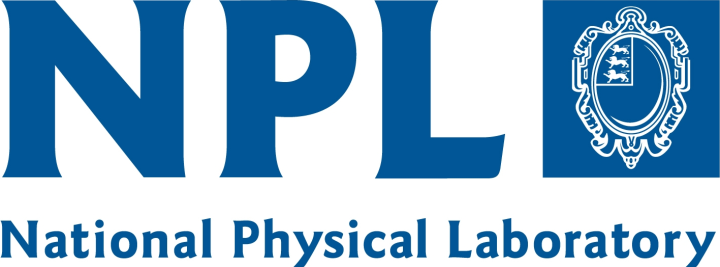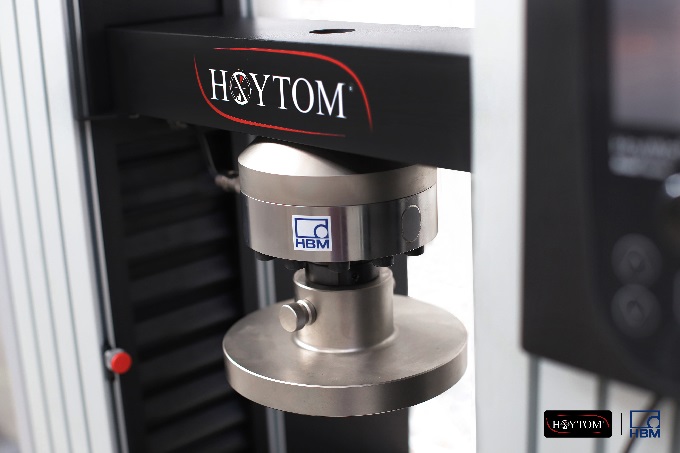Verisurf Softwarefeatured a turnkey metrology solution designed for performance engine builders at the PRI (Performance Racing Industry) show in Indianapolis last month. The solution includes 3D measurement software, hardware, training and support, for reverse engineering, designing, building, tuning and verifying high-performance engines and components. Engine builders can use the solution to replicate and check engine heads, blocks, pistons, crankshafts, intake and exhaust ports, camshafts, conrods, rocker stands and more.
A major components of the metrology solution is Master3DGage, a portable CMM arm powered by Verisurf software. The Master3DGage is a high precision, six-axis, 1.2m portable CMM arm that is compact and shop-floor ready. AC or battery-powered, the Master3DGage can be used on the bench, in the shop or even right under the hood, if necessary, to check for best fit or confirm clearances before components are produced or installed.
The solution,powered by Verisurf software, was developed based on features modules. For maximum user flexibility and efficiency, users can combine certain modules to create application suites. The engine builder solution includes:Verisurf CAD, Measure and Reverse modules; software updates and technical support; a Master3DGage portable CMM; a 9.5 mm silicon nitride extended-port probe; a Master3DGage and Verisurf installation and set-up video; and unlimited online training.
Verisurf is built on the Mastercam platform and can import, modify and export any CAD file format. The unified user experience is able to 3D-scan and reverse-engineer features, surfaces, parts and assemblies; generate CNC programs; back-plot and verify tool paths; push files for CNC machining; verify finished part quality against the intelligent 3D CAD model; and output quality reports.
For further information www.verisurf.com






